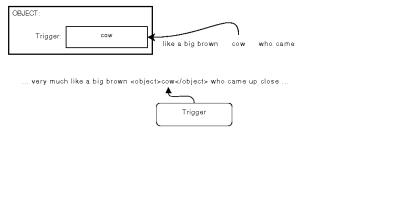
Figure 4.2(a): Illustration of Object and Relation annotations - Object annotation.
944 x 474
(15 KB)
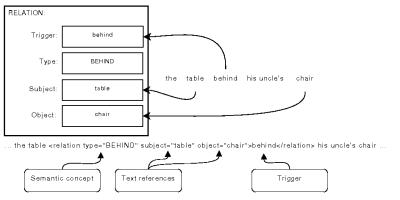
Figure 4.2(b): Illustration of Object and Relation annotations - Relation annotation.
944 x 474
(21 KB)
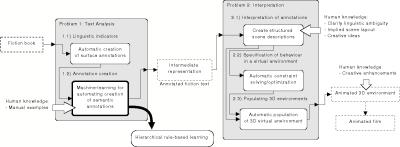
Figure 4.3: Context of the hierarchical rule-based learning mechanism with respect to the fiction-to-animation problem.
1452 x 534
(29 KB)
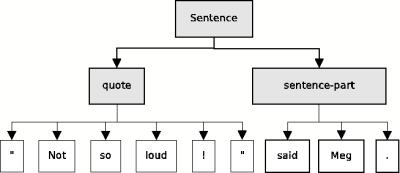
Figure 4.4(a): Structural elements of a sentence arranged as a tree.
654 x 284
(32 KB)
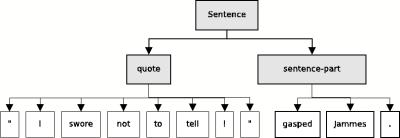
Figure 4.4(b): Structural elements of a sentence arranged as a tree.
811 x 281
(39 KB)
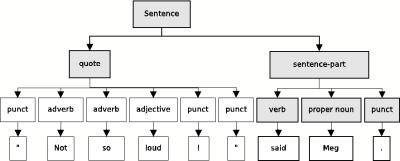
Figure 4.5(a): Additional syntactic abstractions within the tree structure.
883 x 356
(63 KB)
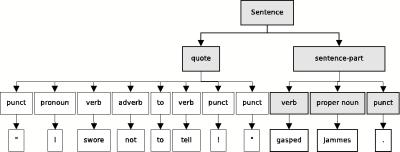
Figure 4.5(b): Additional syntactic abstractions within the tree structure.
958 x 365
(72 KB)
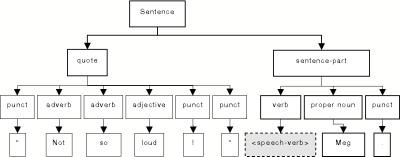
Figure 4.6(a): Example of rules indicating a the location of a speech-verb in a sentence.
907 x 356
(22 KB)
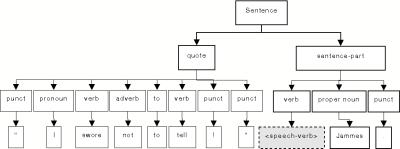
Figure 4.6(b): Example of rules indicating a the location of a speech-verb in a sentence.
979 x 367
(25 KB)
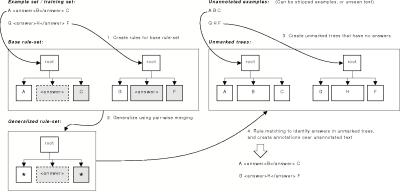
Figure 4.7: Different components of hierarchical rule-based learning.
1462 x 702
(27 KB)

Figure 4.8: Relationship between text and rules through the application of a rule-set.
1392 x 311
(29 KB)
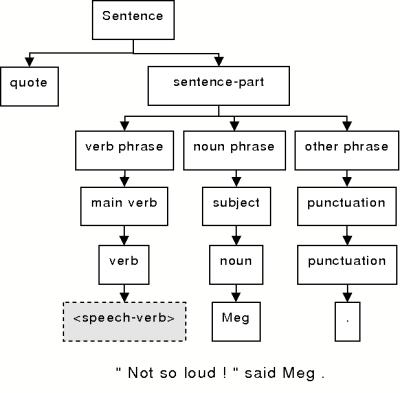
Figure 4.9(a): Examples of rule generalization - Rule 1.
618 x 608
(19 KB)
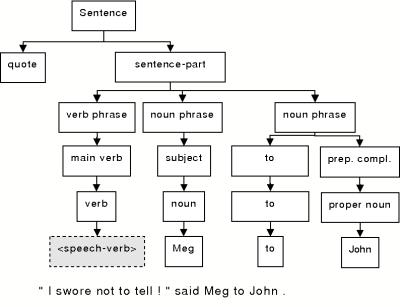
Figure 4.9(b): Examples of rule generalization - Rule 2.
794 x 610
(21 KB)
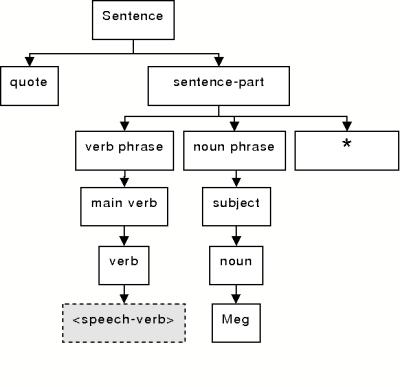
Figure 4.9(c): Examples of rule generalization - Generalized rule.
618 x 598
(17 KB)
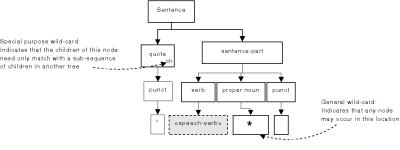
Figure 4.10: Example generalized rule containing general and special-purpose wild-cards.
1088 x 408
(18 KB)

Figure 4.11: Multiple options for generalization when using a special-purpose wild-card.
1288 x 206
(21 KB)
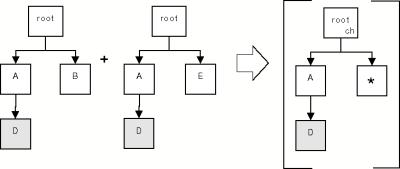
Figure 4.12(a): Example merges between pairs of rules - Successful merge, demonstrating insertion of a general wild-card.
757 x 321
(17 KB)

Figure 4.12(b): Example merges between pairs of rules - Successful merge with common child sub-sequences and insertion of special purpose wild-card.
1032 x 322
(21 KB)
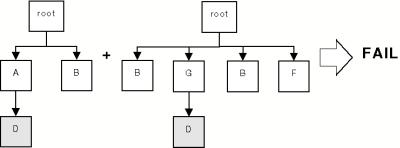
Figure 4.12(c): Example merges between pairs of rules - Failed merge, due to the lack of common patterns.
740 x 274
(16 KB)
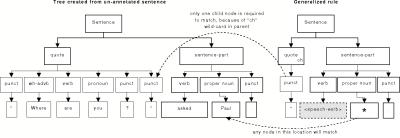
Figure 4.13: Matching between a generalized rule and a tree generated from an unannotated sentence.
1379 x 477
(30 KB)

Figure 4.14: Example of conflicting rules in a rule-set.
1089 x 323
(18 KB)
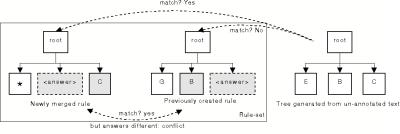
Figure 4.15: Conflict detected using conservative matching between rules.
1049 x 353
(19 KB)
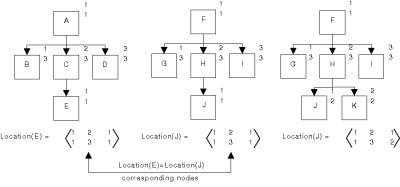
Figure 4.16: Example use of location to determine corresponding nodes.
900 x 422
(30 KB)
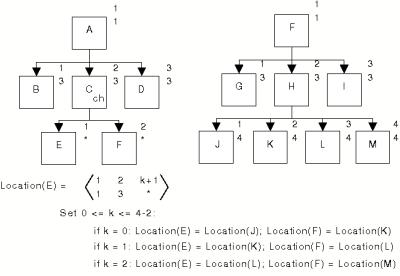
Figure 4.17: Interpretation of location when only a sub-sequence of child nodes are defined.
668 x 462
(24 KB)

Figure 4.18: Illustration of the enumeration of node sub-sequences.
1176 x 273
(32 KB)
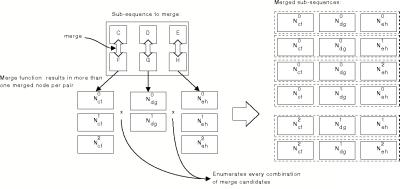
Figure 4.19: Illustration of merge between sequences of nodes.
1173 x 555
(38 KB)
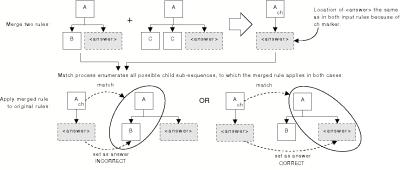
Figure 4.20: Example of the failure to guarantee that all identical answers are produced by a merged rule.
1261 x 536
(25 KB)
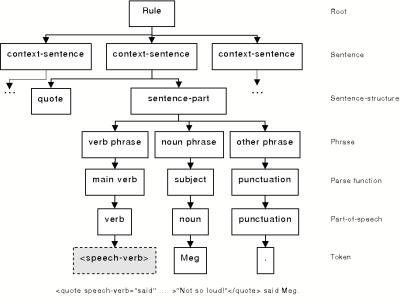
Figure 4.22(a): Example rules for extracting speech-verbs and actors - Speech-verb.
916 x 688
(22 KB)
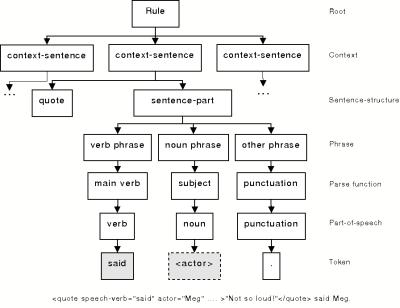
Figure 4.22(b): Example rules for extracting speech-verbs and actors - Actor.
896 x 692
(22 KB)
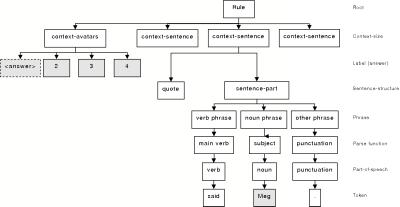
Figure 4.23 (a): Example speaker rule and avatar context model - Speaker.
1362 x 705
(25 KB)
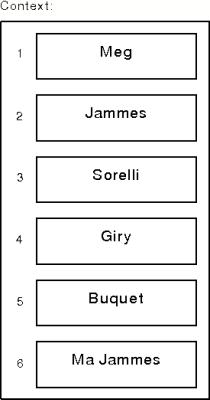
Figure 4.23(b): Example speaker rule and avatar context model - Context-model.
275 x 522
(14 KB)
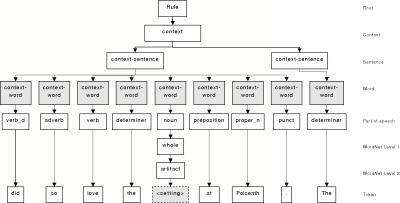
Figure 4.24: Example Setting rule derived from an example from the Famous Five 1: Five on a Treasure Island by Enid Blyton (1942).
1478 x 751
(31 KB)

Figure 4.25: Example Relation rule for annotation type (derived from an example from the Famous Five 1: Five on a Treasure Island by Enid Blyton (1942)).
1996 x 656
(35 KB)
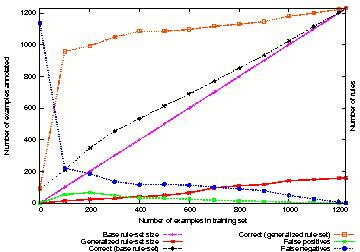
Figure 4.26(a): Analysis of rule generalization for speech-verb, actor and speaker - Training and application for speech-verb.
360 x 252
(17 KB)
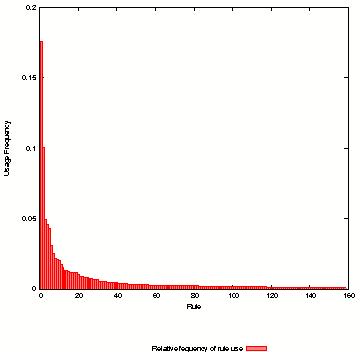
Figure 4.26(b): Analysis of rule generalization for speech-verb, actor and speaker - Distribution of generalized rule usage (speech-verb).
360 x 352
(27 KB)
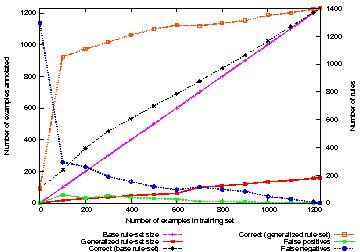
Figure 4.26(c): Analysis of rule generalization for speech-verb, actor and speaker - Training and application for actor.
360 x 252
(18 KB)
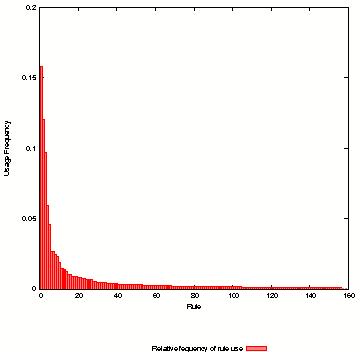
Figure 4.26(d): Analysis of rule generalization for speech-verb, actor and speaker - Distribution of generalized rule usage (actor).
360 x 352
(27 KB)
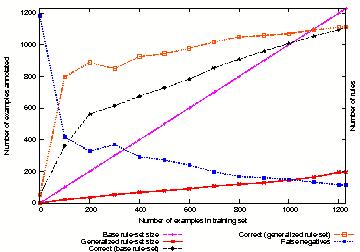
Figure 4.26(e): Analysis of rule generalization for speech-verb, actor and speaker - Training and application for speaker.
360 x 252
(17 KB)
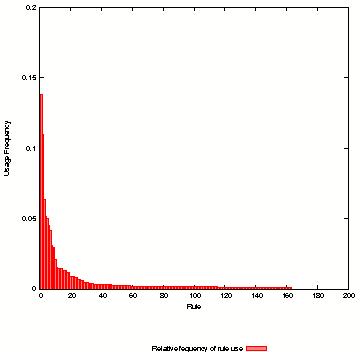
Figure 4.26(f): Analysis of rule generalization for speech-verb, actor and speaker - Distribution of generalized rule usage (speaker).
360 x 352
(30 KB)
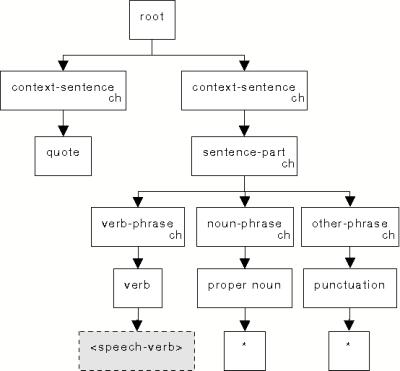
Figure 4.27(a): Illustrations of the three most frequently used generalized rules for locating speech-verb - Most frequently used rule.
554 x 514
(18 KB)
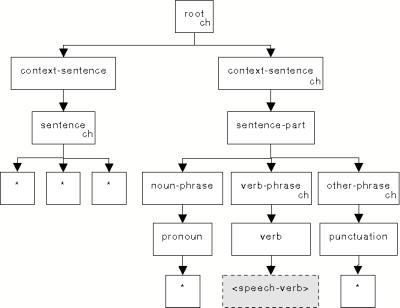
Figure 4.27(b): Illustrations of the three most frequently used generalized rules for locating speech-verb - Second most frequently used rule.
667 x 514
(21 KB)
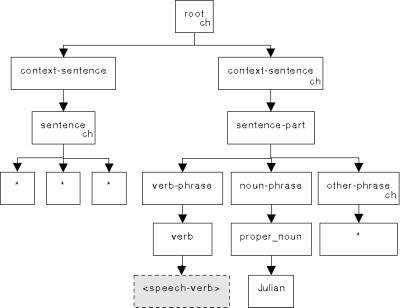
Figure 4.27(c): Illustrations of the three most frequently used generalized rules for locating speech-verb - Third most frequently used rule.
667 x 514
(19 KB)
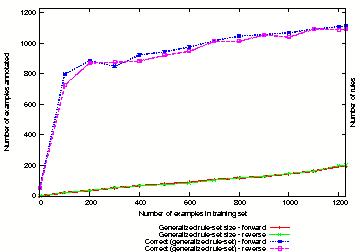
Figure 4.28: Generalized rule-sets resulting from differently ordered example sets.
360 x 252
(16 KB)
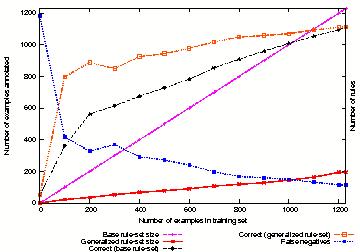
Figure 4.29(a): Application of rule-sets learned from a single book to the same or different books (speaker) - Book 1 applied to Book 1.
360 x 252
(17 KB)
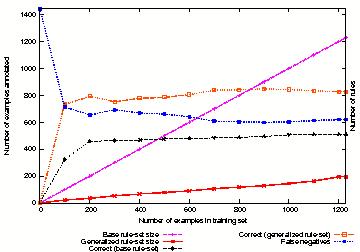
Figure 4.29(b): Application of rule-sets learned from a single book to the same or different books (speaker) - Book 1 applied to Book 2
360 x 252
(17 KB)
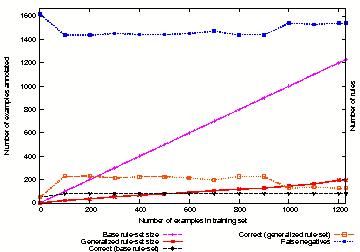
Figure 4.29(c): Application of rule-sets learned from a single book to the same or different books (speaker) - Book 1 applied to Book 3
360 x 252
(17 KB)
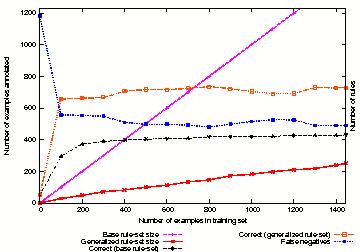
Figure 4.29(d): Application of rule-sets learned from a single book to the same or different books (speaker) - Book 2 applied to Book 1
360 x 252
(17 KB)
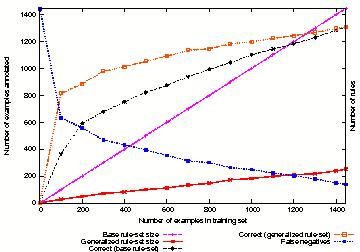
Figure 4.29(e): Application of rule-sets learned from a single book to the same or different books (speaker) - Book 2 applied to Book 2
360 x 252
(17 KB)
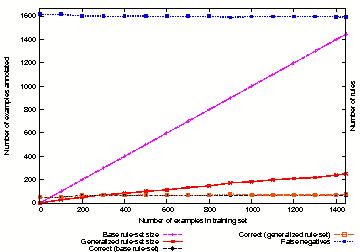
Figure 4.29(f): Application of rule-sets learned from a single book to the same or different books (speaker) - Book 2 applied to Book 3
360 x 252
(17 KB)
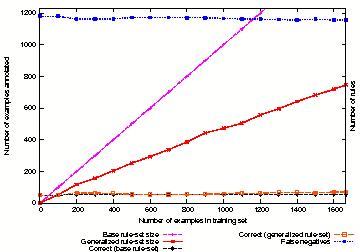
Figure 4.29(g): Application of rule-sets learned from a single book to the same or different books (speaker) - Book 3 applied to Book 1
360 x 252
(17 KB)
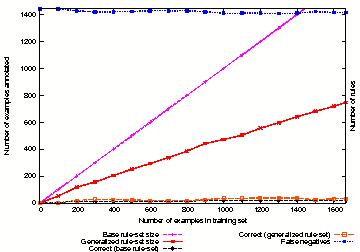
Figure 4.29(h): Application of rule-sets learned from a single book to the same or different books (speaker) - Book 3 applied to Book 2
360 x 252
(18 KB)
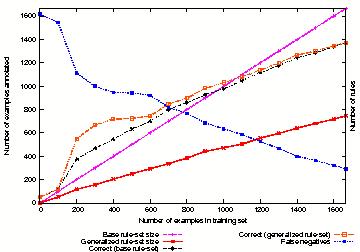
Figure 4.29(i): Application of rule-sets learned from a single book to the same or different books (speaker) - Book 3 applied to Book 3
360 x 252
(18 KB)
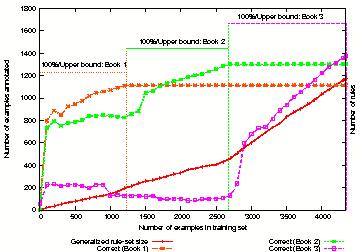
Figure 4.30: Application of a rule-set learned from different books applied to books of different type.
360 x 252
(20 KB)
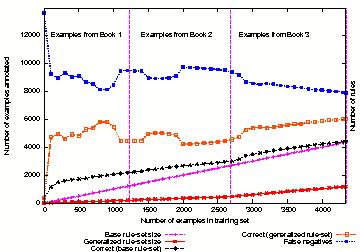
Figure 4.31: Application of a rule-set learned from different books applied to a large corpus of books of different type.
360 x 252
(21 KB)
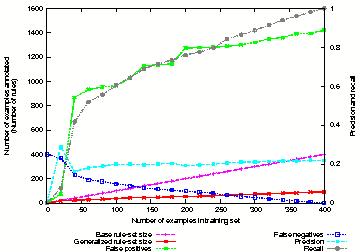
Figure 4.32(a): Training and application for Setting and Object annotations, using only positive examples - Setting.
360 x 252
(19 KB)
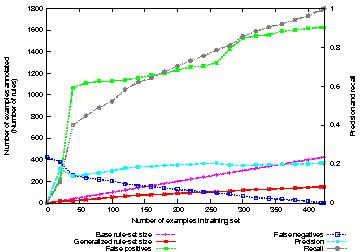
Figure 4.32(b): Training and application for Setting and Object annotations, using only positive examples - Object.
360 x 252
(20 KB)
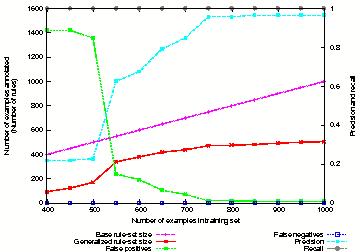
Figure 4.33(a): Training and application for Setting and Object annotations, using fixed positive examples and increasing negative examples - Setting.
360 x 252
(18 KB)
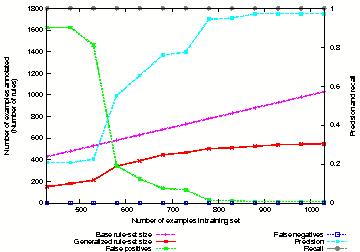
Figure 4.33(b): Training and application for Setting and Object annotations, using fixed positive examples and increasing negative examples - Object.
360 x 252
(18 KB)
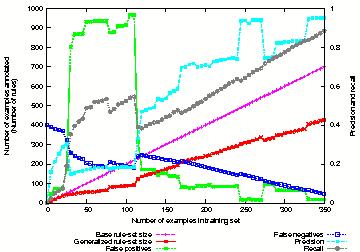
Figure 4.34(a): Training and application for Setting and Object annotations, using increasing positive and negative examples - Setting.
360 x 252
(26 KB)
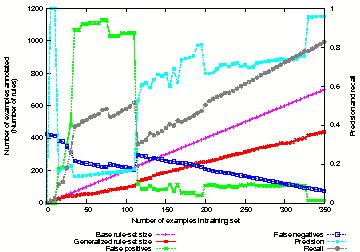
Figure 4.34(b): Training and application for Setting and Object annotations, using increasing positive and negative examples - Object.
360 x 252
(26 KB)
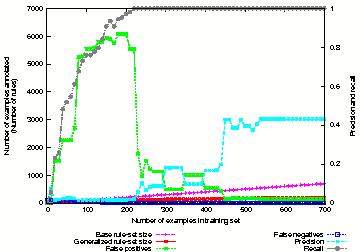
Figure 4.35(a): Training and application for Transition and Relation triggers using increasing positive and negative examples - Transition.
360 x 252
(25 KB)
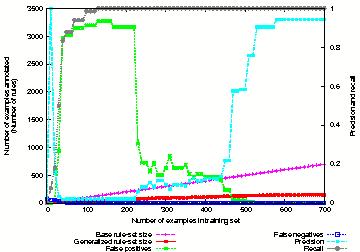
Figure 4.35(b): Training and application for Transition and Relation triggers using increasing positive and negative examples - Relation.
360 x 252
(25 KB)
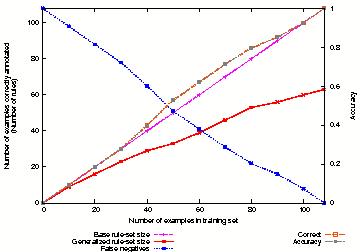
Figure 4.36(a): Training and application for the subject of Transition and Relation annotations - Transition.
360 x 252
(17 KB)
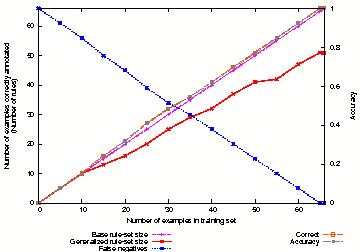
Figure 4.36(b): Training and application for the subject of Transition and Relation annotations - Relation.
360 x 252
(18 KB)
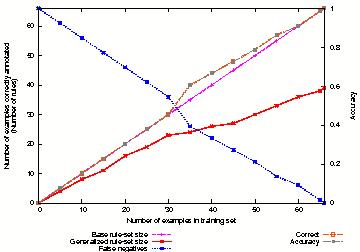
Figure 4.37: Training and application for the object of Relation annotations.
360 x 252
(18 KB)
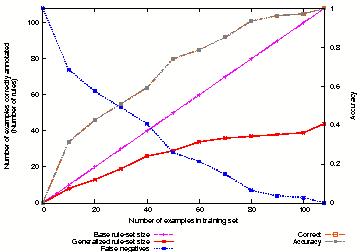
Figure 4.38(a): Training and application for the type of Transition and Relation annotations using increasing positive negative examples - Transition.
360 x 252
(17 KB)
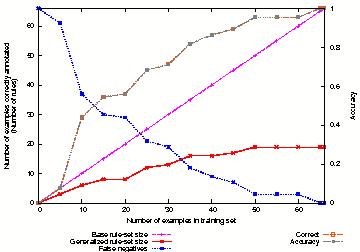
Figure 4.38(b): Training and application for the type of Transition and Relation annotations using increasing positive negative examples - Relation.
360 x 252
(18 KB)